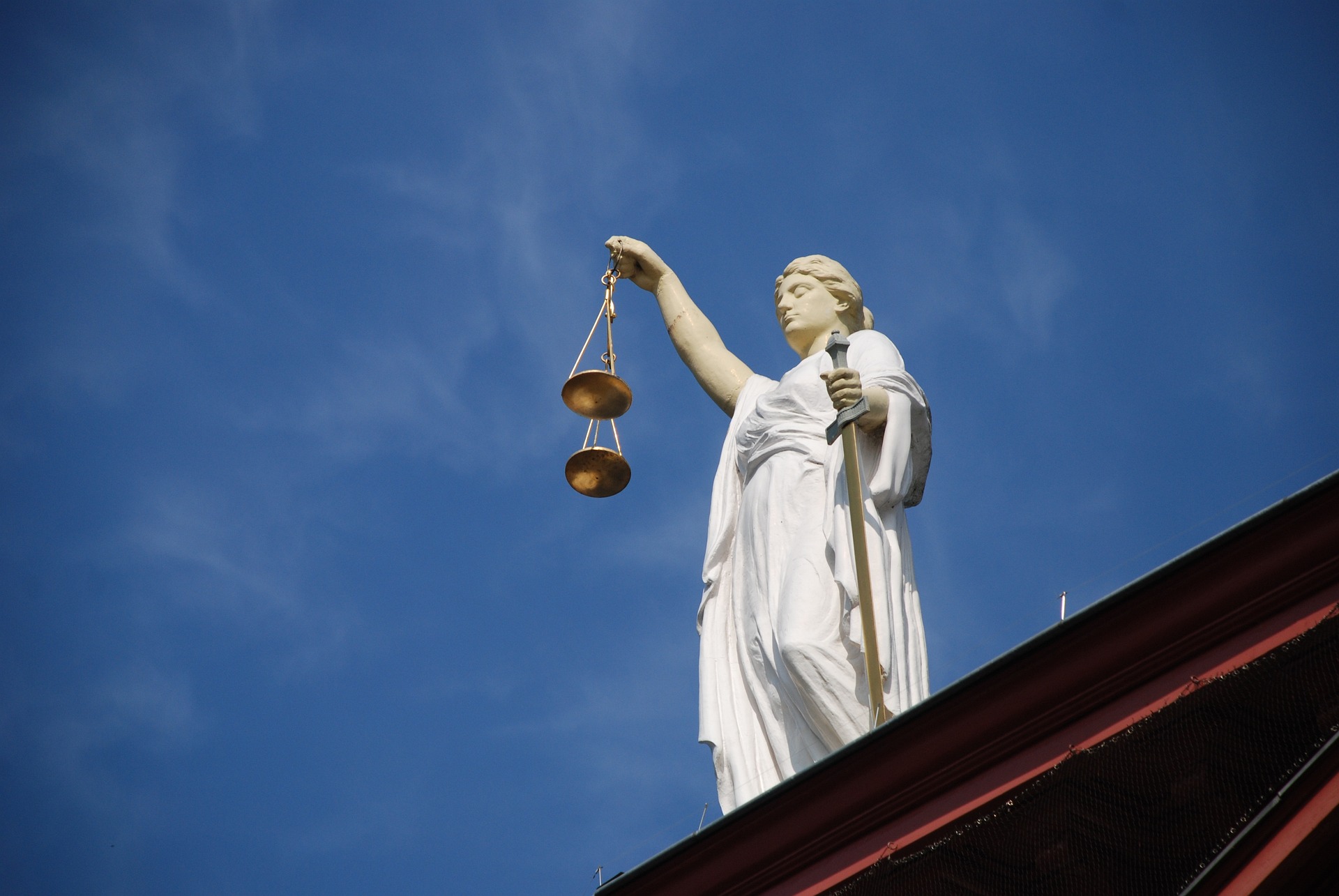Unraveling the Intricacies of the First Amendment in the Digital Age
The First Amendment to the United States Constitution has always been a cornerstone of American freedom. But how does it apply in the digital era? Read below to delve into this intriguing topic and gain a deeper understanding of your constitutional rights.

The First Amendment: A Brief Recap
The First Amendment guarantees five fundamental freedoms: religion, speech, press, assembly, and petition. These rights form the bedrock of American democracy, allowing citizens to voice their opinions, practice their faith, and hold the government accountable. However, the digital age has brought about new challenges and questions regarding the interpretation and application of these freedoms.
Freedom of Speech and Internet Censorship
One of the most contentious issues surrounding the First Amendment in the digital era is the question of internet censorship. Social media platforms have become the modern public square, but their policies often conflict with the principle of free speech. While these platforms have the right to regulate content as private companies, the extent to which they can limit speech is a topic of ongoing debate.
The Press and Digital Media
The advent of digital media has transformed the press, expanding the definition of who can be considered a journalist. This raises questions about who is entitled to the protections afforded to the press under the First Amendment. As more individuals and organizations disseminate news and information online, the lines between professional journalists and citizen journalists have become blurred.
The Right to Assemble in Cyberspace
The right to assemble has also been impacted by the digital age. Virtual protests and online movements have become increasingly common, challenging traditional notions of assembly. While these digital gatherings allow for greater inclusivity, they also raise questions about how the First Amendment applies to online spaces.
Petitioning in the Digital Era
The right to petition has been revolutionized by the internet. Online petitions have become a popular tool for advocacy, allowing individuals to mobilize support for causes and issues. However, the effectiveness and legitimacy of these digital petitions are often called into question.
- The First Amendment protects five fundamental freedoms: religion, speech, press, assembly, and petition.
- Internet censorship raises questions about the extent of free speech in the digital age.
- The rise of digital media has expanded the definition of who can be considered a journalist.
- Online protests and movements challenge traditional notions of assembly.
- Online petitions have revolutionized the right to petition but their effectiveness is often debated.
Conclusion
The First Amendment was written in a time far removed from our digital age, and its application to the online world is not always clear-cut. As technology continues to evolve, so too will our understanding of these fundamental freedoms. It is crucial for citizens to stay informed about these developments, to ensure the preservation of these rights in the digital era.




